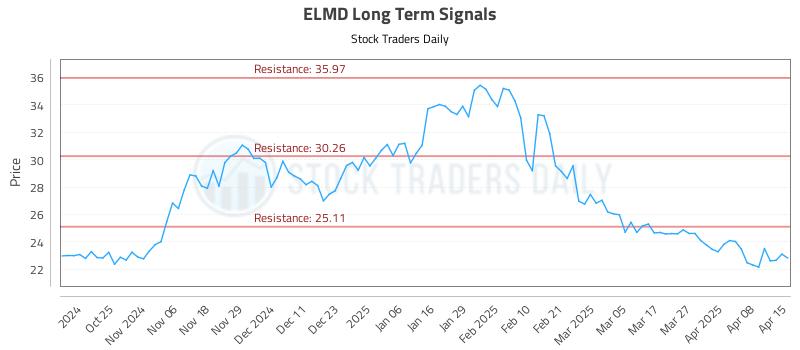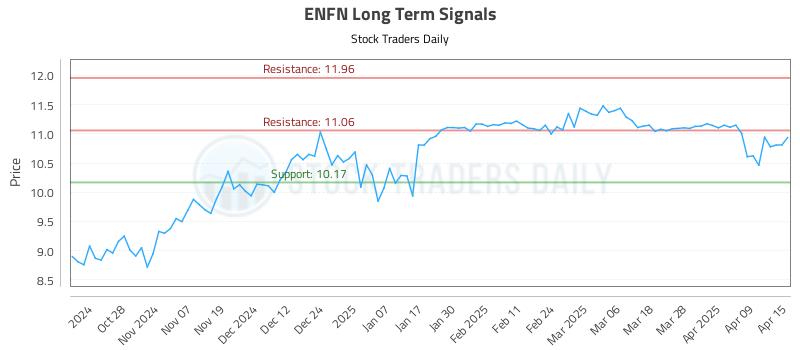Men’s physical attractiveness shapes venture capital investment, study finds

Have you ever wondered if being attractive gives entrepreneurs an edge in securing venture capital funding? A new study led by Marc D. Bahlmann of VU University Amsterdam sheds light on this intriguing question, revealing that the physical attractiveness of male entrepreneurs and venture capitalists significantly impacts financial decision-making in the high-stakes world of venture capital investment. This research uncovers the subtle yet powerful influence of looks in determining the flow of millions of euros within the European Information Technology (IT) industry.
The study was published in Frontiers in Psychology.
Bahlmann embarked on this research journey to explore the evolutionary underpinnings of risk-taking behaviors, particularly in the context of innovation and venture capital funding. “Recently, I’ve become fascinated by evolutionary psychology in general, and how embodied qualities affect our behavior, perspectives, and risk-taking in particular. I’m particularly interested in the evolutionary nature of our risk-taking behaviors in innovation decision-making contexts,” explained Bahlmann, an assistant professor of management and organization.
Prior studies have documented the effects of opposite-sex stimuli on behaviors such as financial risk-taking and decision-making. However, the realm of same-sex stimuli, especially among males, remained less explored, particularly in real-world settings.
Bahlmann aimed to bridge this gap, focusing on the venture capital sector—a field where high-growth potential ventures attract substantial financial risks and where decisions have traditionally been attributed to rational analysis. Yet, evidence suggests that these decisions are also susceptible to the ‘attractiveness halo effect,’ where good looks are often subconsciously associated with positive traits such as intelligence or trustworthiness.
To conduct this research, Bahlmann compiled a dataset of 341 male-led European IT ventures by leveraging information from AngelList and Crunchbase, complemented by LinkedIn profiles to ensure a comprehensive understanding of the ventures, their entrepreneurial teams, and associated investors. The focus was specifically on ventures with male entrepreneur-investor dyads that provided clear information on entrepreneurial team composition and funding processes across these platforms, ensuring the data’s reliability and relevance.
Physical attractiveness was assessed by having ten graduate students rate LinkedIn profile photos of the entrepreneurs and investors. The study measured venture capitalists’ financial risk-taking by examining the amounts invested in the first and second funding rounds of the startups. Various control variables, such as venture age, team size, and market orientation, were included to ensure the accuracy of the findings.
Bahlmann found evidence that the physical attractiveness of both entrepreneurs and venture capitalists played a significant role in the initial funding rounds.
Venture capitalists of average or below-average attractiveness were more inclined to invest higher amounts in startups led by attractive entrepreneurs during the first funding round. This suggests that perceptions of physical attractiveness can sway investment decisions, potentially as venture capitalists seek to align themselves with entrepreneurs who exhibit desirable traits symbolized by their attractiveness.
This effect, however, did not hold for venture capitalists considered above average in attractiveness, who showed a more consistent risk-taking behavior irrespective of the entrepreneur’s looks.
The findings indicate that “an entrepreneur’s physical attractiveness acts as a subconscious cue for a venture capitalists investment decisions, but that the way in which this occurs is dependent on a venture capitalist’s own physical attractiveness,” Bahlmann told PsyPost. “This implies that evolutionary, upward social comparison effects that originally serve to inspire a male’s mating strategies, also generalize to the context of financial risk-taking.”
As the funding process progressed to the second round, the Bahlmann observed a change in how the physical attractiveness of entrepreneurs influenced investment decisions. For venture capitalists of below-average attractiveness, the attractiveness of entrepreneurs had a negative relationship with second-round risk-taking.
This shift might be indicative of a “beauty penalty” effect, where initial positive biases based on attractiveness could reverse if the entrepreneurs do not meet the high expectations set by their physical appearance. Alternatively, it suggests a complex interplay where the initial attractiveness-driven biases wane as more substantive venture performance data become available, altering the risk assessment landscape.
“I was somewhat surprised by the notion that the positive effect of entrepreneur’s physical attractiveness on venture capitalist risk-taking turned negative during the second round of risk-taking, but only for venture capitalists of below-average attractiveness,” Bahlmann said. “This effect was not established for venture capitalists of average or above-average attractiveness.”
While Bahlmann’s study offers important insights into the role of physical attractiveness in venture capital decision-making, it also has some limitations. One of the study’s constraints is its reliance on archival and observational data, which did not include information on individual psychological dispositions that could influence financial risk-taking.
“The research is based on correlational data,” Bahlmann noted. “This means we need to be cautious with causality claims, even though several statistical techniques were used to create more robust cause-effect relationships.”
Future research could explore the impact of same-sex attractiveness in other industries or contexts, examine the long-term effects of physical attractiveness on venture success, and investigate how other personal attributes interact with physical appearance to influence professional and financial decisions. There’s also a growing need to understand how these findings apply to female entrepreneurs and venture capitalists, as the representation of women in the tech industry and venture capital continues to increase.
“In the end, I hope to better understand the evolutionary mechanisms in innovation decision-making contexts,” Bahlmann said. “This ranges from venture capitalists’ investment decisions in startups to CEOs’ and TMTs’ decision-making on which new technological trajectories to follow.”
The study, “Physical attractiveness, same-sex stimuli, and male venture capitalists’ financial risk-taking,” was published January 11, 2024.
link

:max_bytes(150000):strip_icc()/GettyImages-2158915723-2b76d8ca59784c15984af1f83db387c6.jpg)


:max_bytes(150000):strip_icc()/Investopedia_Returnoninvestmentformula_colorv1-6d281839c5814e109e316ebbbb61a5bd.png)


